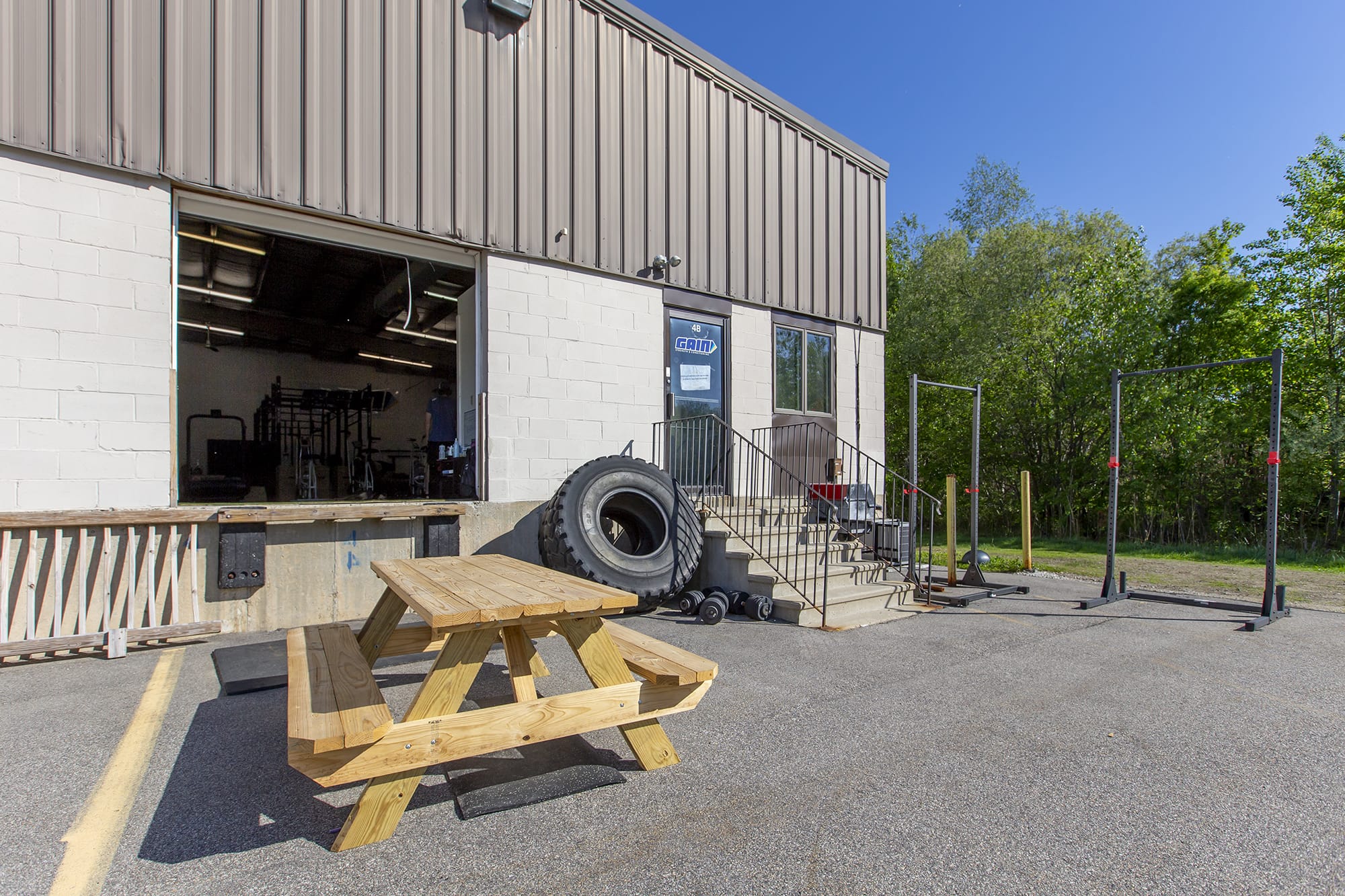We’ve all been to the doctor’s office and gotten a strange reading called BMI, or body mass index. It’s famously inaccurate at predicting people’s health and wellbeing. The height to weight ratio often claims many are obese who clearly aren’t. However, it’s a system designed to categorize mass amounts of people so we can compile data. That doesn’t mean it’s the best way possible though, or that there isn’t another way. Recently, the BMI Scale has been called into question whether it’s an accurate predictor of mortality and disease.
If we ditch the body mass index, what else can we look at for predictive numbers for our health? Is there just one number or reading or test that can solve this issue, or like many health issues, is it more complex than figuring out one number? Well, one number is your walking speed. In a large study published in the Journal of America Medical Association, those who walked about 33 minutes per mile were likely to hit their average life expectancy. With faster walkers the change of dying in the next 10 years fell by 12 percent!
At first, this sounds a bit silly. But think of grandparents and parents who have a hard time moving around. Average walking speed is in indicator that you can move confidently, react to the ground and other objects and have some cardiovascular fitness. I frequently talk about the benefits of walking, add this to the reasons to walk more.
Another simple measure of longevity or health is grip strength. Squeeze this meter as hard as you can and if you can produce some force, it looks good for you lifespan. Grip strength is correlated with total body strength, so if you’ve done some working out, it’ll probably show on the grip-meter.
Yesterday, I read about a new way we can predict health. This study claims that the ability to do a push up can predict heart disease. Stefanos Kales, a Harvard Medical School professor, looked closely at firefighters and heart disease. He concluded that push up capacity was associated with decreased of cardiovascular disease.
Are any of these methods perfect? No. But people are pushing to make some changes to stop relying on BMI as a health predictor. These newer methods empower you. With BMI you get a number that you can’t do much about besides try to lose weight, which is a vague and difficult task for many. If we get people to focus on performance, like walking faster, building functional strength and doing push ups, we can empower people to take charge of their lives instead of being subjected to a silly BMI number.
Justin Miner
@portsmouthcoach




















